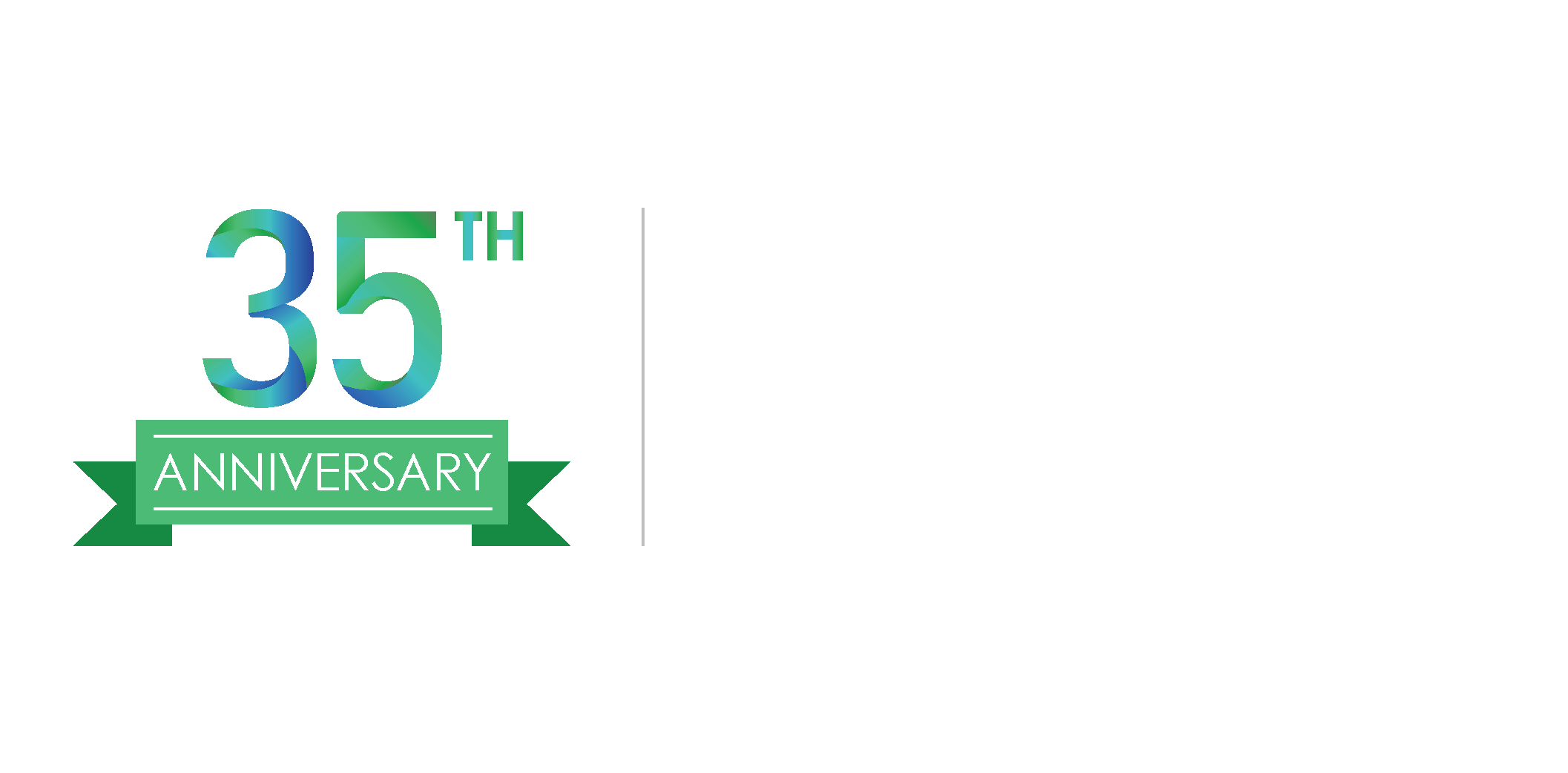The 18th season of Bravo’s cooking competition Top Chef recently premiered. It follows the basic cooking show format – chefs cook, are judged, and someone is eliminated. Top Chef is a season-long competition with a hefty cash prize and other perks for the winner. I enjoy the competition and perhaps get a few inspirations for dinner – like takeout!
In the first episode, I was interested to see that during the elimination round, instead of having each dish presented by the chef who cooked it, the plates were delivered by waitstaff so none of the judges knew who cooked what. It was a blind tasting and ensured that the judging was based solely on the quality of the dish, the success of the chef in creating delicious food, and no other factors.
Which got me thinking about the parallels between Top Chef and hiring – in particular, hiring diverse candidates, a goal that so many companies are focused on. It reminded me of the importance of recognizing the role that unconscious bias can play. It also showed me how we can improve hiring by designing things to eliminate bias as we try to evaluate and judge job candidates rather than chefs.
Blind taste tests are not new – think of the Coke/Pepsi commercials, or taste tests where you don’t see the label or the price. These all acknowledge the same thing; we prejudge things, we have hidden biases. We think more expensive things are automatically better or we favor brands we are familiar with. The gotcha moment is when someone can’t tell the difference or chooses the less expensive version.
The blind tasting forced the judges to consider only the food without knowing whether it was cooked by a 5-star Michelin chef or the owner of a food truck. What if we looked at resumes the same way? What if we judged candidates only on their abilities, not the name of the college they graduated from or the company they used to work for? What if we didn’t know a candidate’s name or gender when we screened their resume?
The results of blind tastings tell us that it makes a difference. Some of us are paying more for soda than we need to. Unconscious bias is at work in other places too. Which means that we are preferencing some candidates and likely both paying more than we should in some situations while also ignoring quality candidates who don’t fit our name brand expectations.
So, what can we do? We can take a page from Top Chef and figure out how we can improve hiring by making our processes more neutral. Design things to eliminate or at least alleviate the biases in all of us that are at work.
Screen Resumes Blindly
Like Top Chef, we can remove identifying personal information from resumes and just look at the skills and experience. There is software for this, from simple tools on up. AI is already doing some remarkable things in terms of screening and evaluating candidates at this early stage and the future is very promising. One of the challenges of AI is to ensure our biases are not written in, but it still can be useful. Removing the kinds of information that tend to trigger a reaction can make a difference.
Test People
One lesson from Top Chef is the importance of actually testing people. The whole show is premised on the idea that they all look good on paper, but which chef can deliver delicious food at each “test?” Testing should be a part of the hiring process for everyone. Not just to eliminate bias and help fairly evaluate people but simply because it will truly help hire the best candidates. Simulated experiences show how a person reacts, thinks or doesn’t think, and solves problems in real time. You don’t hear about what they can do, you see it. Again, software and AI can do amazing things. Testing can give you impartial results that you can benchmark against the job requirements.
Interview Purposefully
Even once you’re interviewing candidates and it is no longer anonymous, there are things that can help counteract unconscious bias. Having a predetermined set of questions that each interviewer follows can be useful. This way you have similar data to evaluate from each person. It’s also a good idea to have multiple people interview and evaluate candidates. More and more companies are adopting a 360 approach, meaning not just managers, but peers and direct reports meet with candidates. Having many viewpoints from a diverse group of people can help reduce the effects of unconscious bias or preference.
Perhaps the most important thing to learn from Top Chef is that unconscious bias is real and creeps into many places, but it can be counteracted. We can do things about it. Simply acknowledging it is a start. Taking action to change things is the next step. We live in a complex world with complex problems but doing things differently, even small things, can be the start of the solution.
